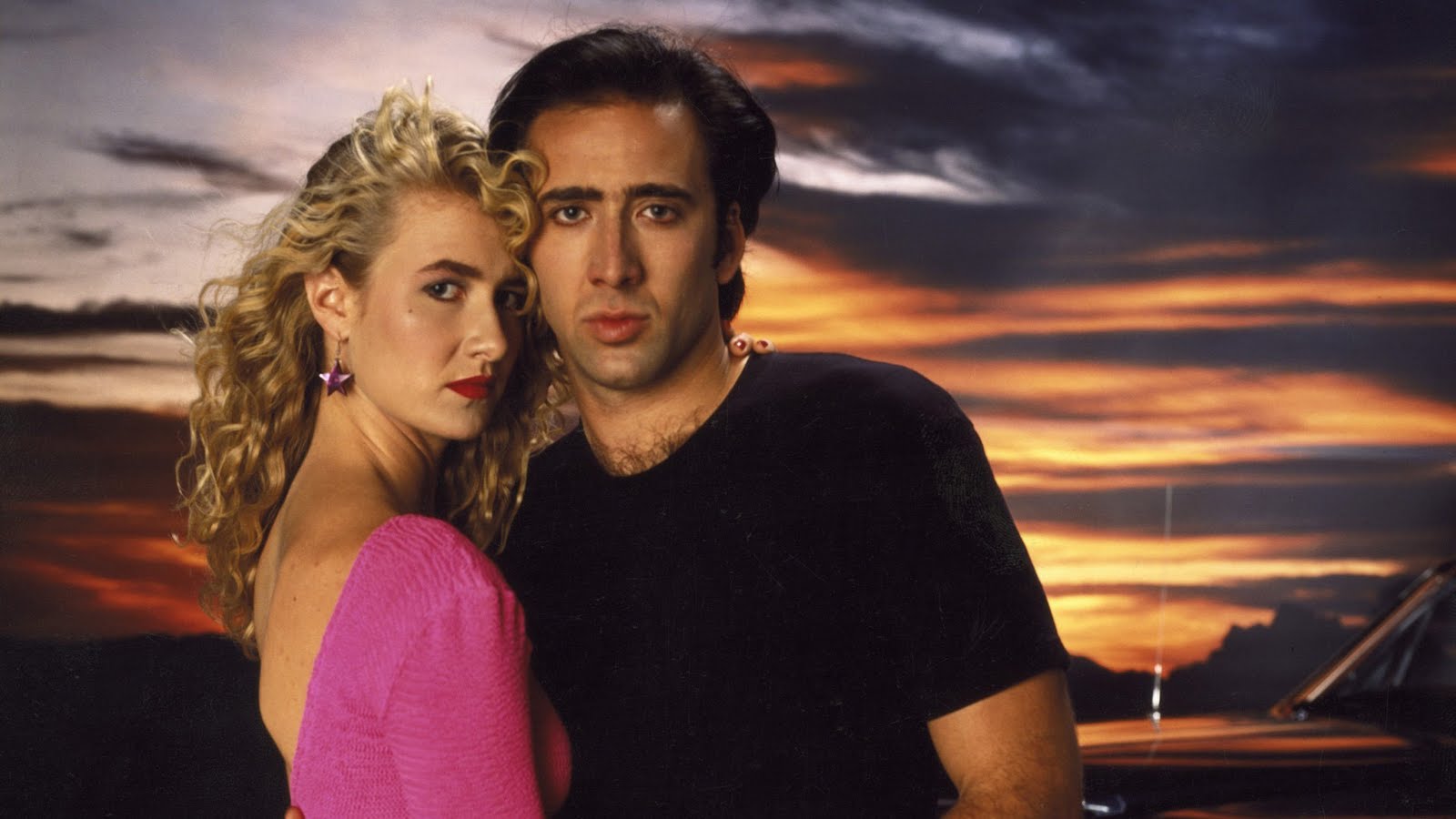David Lynch is a cinematic auteur known for his enigmatic and surreal storytelling. His films have left an indelible mark on the world of cinema, with their unique blend of dark, psychological themes and dreamlike narratives. In this essay, we will delve into the top five David Lynch movies, including "Wild at Heart," to explore his distinctive style and the impact of his work on the film industry.
1. "Blue Velvet" (1986)
"Blue Velvet" is often hailed as one of David Lynch's masterpieces. Set in the seemingly idyllic suburban town of Lumberton, it delves into the dark underbelly of human existence. The film explores themes of voyeurism, sexual obsession, and the juxtaposition of innocence and corruption. Lynch's signature dreamlike sequences and unsettling visuals, combined with Dennis Hopper's iconic portrayal of the psychotic Frank Booth, make "Blue Velvet" an unforgettable cinematic experience that challenges societal norms and delves into the depths of human depravity.
2. "Mulholland Drive" (2001)
"Mulholland Drive" is a labyrinthine narrative that blurs the lines between reality and illusion. The film explores the fractured psyche of its characters, particularly the amnesiac protagonist Betty, played by Naomi Watts. Lynch's narrative intricacy and use of symbolism create an atmosphere of ambiguity that keeps audiences captivated. The film is a thought-provoking exploration of the Hollywood dream machine, identity, and the consequences of one's desires. "Mulholland Drive" showcases Lynch's ability to craft a visually stunning and emotionally resonant tale that leaves viewers questioning their own perceptions.
3. "Eraserhead" (1977)
"Eraserhead" marked David Lynch's directorial debut and remains a cult classic in the realm of surreal cinema. This black-and-white nightmare takes viewers into the disturbing world of Henry Spencer, a man dealing with a deformed baby and a nightmarish urban environment. The film's unsettling sound design and haunting visuals create a sense of existential dread and alienation. "Eraserhead" demonstrates Lynch's early mastery of surrealism and his penchant for exploring the uncanny and the macabre.
4. "Lost Highway" (1997)
"Lost Highway" is a mind-bending exploration of identity, guilt, and the blurring of reality and fantasy. The film's non-linear narrative follows musician Fred Madison, played by Bill Pullman, as he grapples with a series of inexplicable events. Lynch employs a fragmented storytelling style that keeps the audience on edge, unsure of what is real and what is a product of the characters' psyches. The film's eerie atmosphere and unsettling performances, particularly Robert Blake as the enigmatic Mystery Man, make "Lost Highway" a compelling and disorienting cinematic experience.
5. "Wild at Heart" (1990)
"Wild at Heart" is a wild and passionate road movie that encapsulates the essence of Lynch's unique storytelling. Starring Nicolas Cage and Laura Dern as Sailor and Lula, a couple on the run, the film is a blend of crime, romance, and surrealism. Lynch's use of pop culture references and his exploration of Americana add layers of complexity to the narrative. "Wild at Heart" stands out in Lynch's filmography for its unabashedly emotional and colorful storytelling, making it a perfect inclusion in the top five David Lynch films.
David Lynch's films are a journey into the mysterious and the uncharted territories of the human psyche. Whether exploring the dark underbelly of suburbia in "Blue Velvet," unraveling the enigmatic narratives of "Mulholland Drive," or immersing viewers in the nightmarish world of "Eraserhead," Lynch's work challenges conventional storytelling and leaves an indelible mark on the viewer's mind. "Lost Highway" and "Wild at Heart" further showcase his ability to create disorienting and emotionally charged narratives. As a filmmaker, David Lynch continues to inspire and confound, pushing the boundaries of cinema and inviting viewers to explore the depths of their own consciousness.
The Strange World of David Lynch: Top 5 Films

